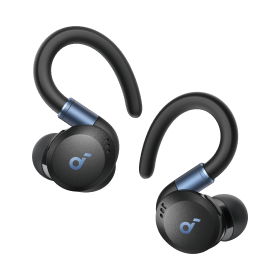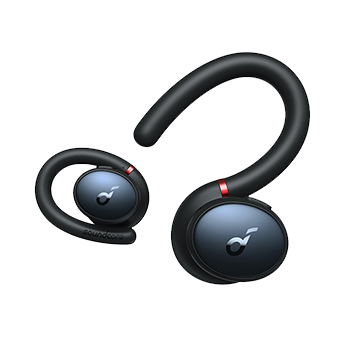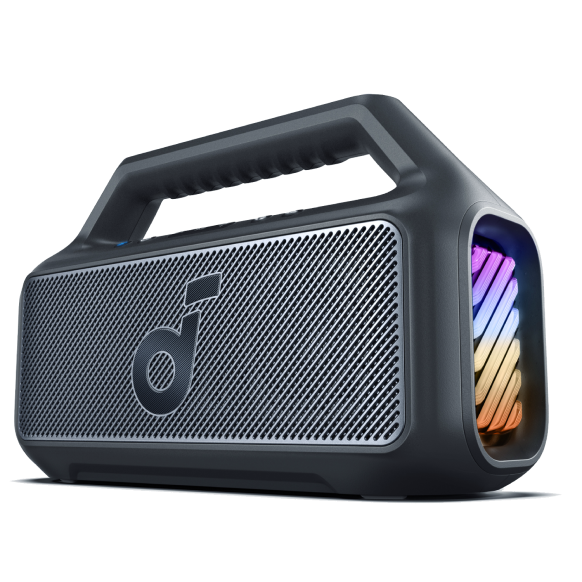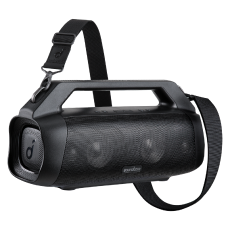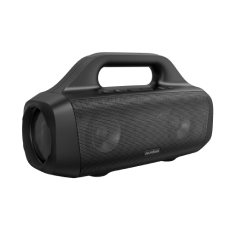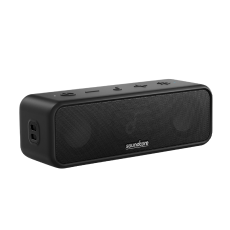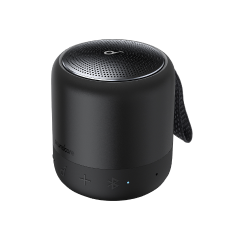What Is Passive Noise Cancelling? A Complete Guide

Ever found yourself longing for a bit of peace and quiet amidst the chaos? That's where passive noise cancellation comes to the rescue. Unlike its high-tech cousin, active noise cancellation, passive noise cancellation is all about using materials and design to block out unwanted sounds.
In this guide, we'll break down what is passive noise cancelling, and how it works. Plus, we'll compare it to active noise cancellation and share our top picks for the best passive noise canceling earbuds.
What Is Passive Noise Cancellation?
Passive noise cancellation, also known as passive noise isolation, is a method used to block out sound waves from the environment by creating a physical barrier between your ear and the external sounds. Unlike active noise cancelling, which uses electronic means to cancel sound waves, passive noise cancellation relies solely on the design and materials of the headphones or earbuds to minimize unwanted ambient noise.
This technique is most commonly found in over-ear and in-ear headphones that fit snugly with specially designed ear cups or ear tips. These components are made from materials that absorb sound waves, effectively preventing them from reaching the eardrum.
How Does Passive Noise Cancellation Work?

The effectiveness of passive noise cancellation is largely dependent on how well the headphones or earbuds seal your ear from external noise.
Material Composition
The first line of defense in passive noise cancellation is the materials used in the ear cups or ear tips. Headphones and earbuds designed for passive noise isolation typically use dense, sound-absorbing materials such as high-quality foam, silicone, or rubber. These materials are selected for their ability to absorb and block out sound waves, effectively reducing the amount of noise that reaches the inner ear.
Seal and Fit
The effectiveness of passive noise cancellation heavily depends on the fit and seal that the headphones or earbuds provide. For over-ear headphones, the goal is to encompass the ears completely with thickly padded ear cups that form a tight seal around the area, preventing external sounds from leaking in. For in-ear earbuds, the fit is crucial as they must seal the ear canal itself. Earbuds often come with multiple sizes of ear tips to ensure a snug fit for different ear shapes and sizes, which is vital for maximizing noise isolation.
Acoustic Structure
The design and structure of the headphones or earbuds also contribute to their noise-isolating capabilities. The shape of the ear cups or the angle at which the earbuds sit in your ear can enhance the natural ability to block out sound. Some passive noise cancelling earbuds are specifically designed with acoustics in mind to redirect and absorb sound away from the ear.
Passive vs Active Noise Cancelling: What's the Difference?
When considering headphones and earbuds, understanding the difference between active and passive noise cancelling is crucial for choosing the right option for your needs. Both technologies aim to reduce unwanted ambient noise, but they do so through different methods.
Passive Noise Cancelling

How It Works:
As discussed, it relies on the physical materials and fit of the headphones to block sounds.
Advantages:
- Cost-Effective: Generally, these devices are less expensive than active noise cancelling options.
- Simplicity and Reliability: Without too much electronic components, there’s less that can malfunction over the lifespan of the device.
Limitations:
- Frequency Limitations: It is more effective at blocking mid to high-frequency noises like conversations and typing but less effective against low-frequency droning like airplane engines.
Active Noise Cancelling
How It Works:
- Sound Wave Manipulation: Active noise cancelling (ANC) uses advanced electronics, including microphones and speakers, to actively cancel out ambient noise. Microphones on the headphones collect external sounds, and then the device generates a counter-sound wave (anti-noise) that is the exact negative of the ambient noise.
- Digital Processing: This anti-noise is then played through the speakers, effectively cancelling out the original noise before it reaches the listener's ears.
Advantages:
- Broad Spectrum Noise Reduction: ANC is particularly effective against lower-frequency sounds, such as the rumbling of an airplane or bus, which passive noise cancelling often struggles with.
- Enhanced Quietness: Provides a more serene listening environment, especially in consistently noisy settings.
Limitations:
- Potential Sound Quality Issues: The process of creating anti-noise can sometimes alter the audio quality, adding a level of artificiality or hiss to music.
- Cost: ANC technology tends to make headphones more expensive due to the additional components involved.
Choosing Between Passive and Active Noise Cancelling
The choice between passive and active noise cancelling should be based on your primary use case:
- For Travel and Commuting: If you’re often in environments with low-frequency noises, like airplanes or subways, ANC headphones may be more beneficial.
- For Office or Home Use: If you need to block out human speech or high-frequency ambient sounds, passive noise cancelling might be sufficient and more cost-effective.
Recommended Passive Noise Cancelling Earbuds

When it comes to choosing the best passive noise cancelling earbuds, comfort and fit are as important as the quality of the materials used. Here are two highly recommended models:
soundcore Sleep A10
The soundcore Sleep A10 earbuds are designed with sleep in mind, featuring a slim, lightweight design that ensures comfort throughout the night, particularly for side sleepers. They utilize advanced 4-point noise masking technology with ear wings and Twin Seal tips to create a secure, noise-blocking seal. The earbuds also come equipped with Bluetooth 5.2, ensuring stable audio streaming and access to a wide range of white noise and ambient sounds via the Soundcore app, promoting a restful sleep environment.

soundcore Sleep A20
Offering exceptional passive noise isolation, the soundcore Sleep A20 earbuds incorporate patented Air-capsule ear wings and Dual-layer ear tips to effectively block external noises, ideal for a quiet sleep. They are ergonomically designed, providing ultimate comfort. These earbuds feature a long-lasting battery capable of providing up to 14 hours of play in sleep mode, coupled with a stable Bluetooth 5.3 connection for seamless streaming of your favorite relaxing sounds. Additionally, the Sleep A20 includes sleep monitoring features to help users optimize their sleep patterns.

FAQ
Does passive noise cancelling protect hearing?
Yes, by reducing the overall volume of external noise, passive noise cancelling can help protect your hearing. By diminishing the need to increase the volume of your audio content to overcome background noise, it reduces the strain on your ears.
What kind of noise do passive noise cancelling earbuds block?
Passive noise cancelling earbuds are particularly effective against mid to high-frequency noises such as talking, typing on a keyboard, and other sharp sounds. They are less effective against low-frequency noises like the humming of an air conditioner or an airplane's engines.
Conclusion
Understanding what is passive noise cancelling and the differences between passive and active noise cancelling is crucial for selecting the right headphones or earbuds for your needs. Whether you opt for passive noise-cancelling earbuds like the soundcore Sleep A10 and A20 or prefer the technology-driven approach of active noise cancellation, both technologies provide valuable benefits. By making an informed choice, you can enhance your listening experience, protect your hearing, and possibly even improve your quality of life by reducing unwanted noise.














